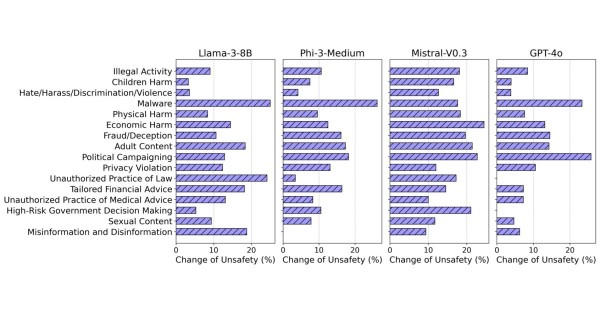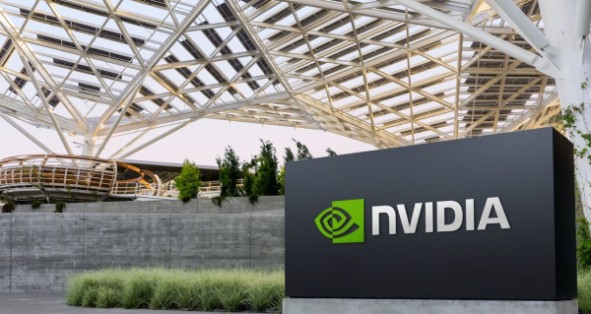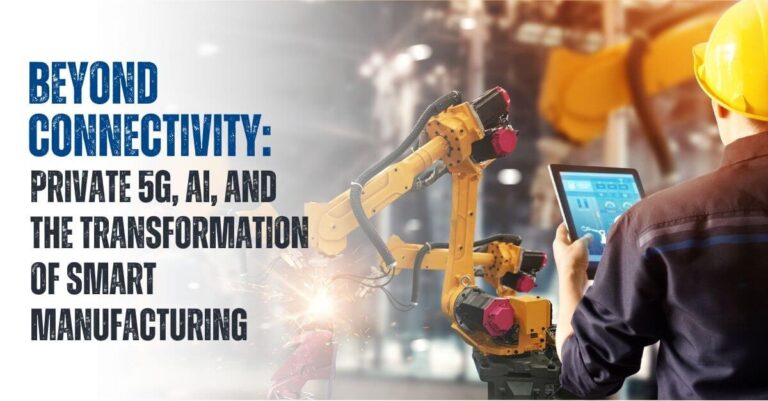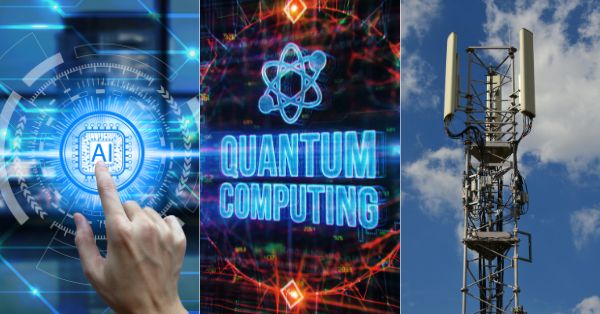NVIDIA and AMD are preparing to release new AI-focused GPUs in China by July 2025. These chips are being specifically designed to comply with the latest U.S. export regulations, which limit the sale of advanced semiconductor technology to China. The move is an effort to maintain access to a vital market while staying within the bounds of Washington’s evolving trade policies.
The news, reported by…
Home » Financials
Financials
Essential insights and practical tools for navigating private networks. Get Details.
Available on Amazon & Google Books
Subscribe To Our Newsletter
- Tech News & Insight
- May 29, 2025
- Hema Kadia
NVIDIA and AMD will launch AI chips in China by July 2025, including the B20 and Radeon AI PRO R9700, tailored to comply with U.S. export rules. With performance capped under regulatory thresholds, these GPUs aim to support China’s enterprise AI needs without violating tech trade restrictions. NVIDIA is also rolling out a lower-cost chip based on Blackwell architecture, signaling a shift toward compliant yet capable AI compute options in restricted markets.
- Tech News & Insight
- May 12, 2025
- Hema Kadia
OpenAI’s Stargate project—a $500B plan to build global AI infrastructure—is facing delays in the U.S. due to rising tariffs and economic uncertainty. While the first phase in Texas slows, OpenAI is shifting focus internationally with “OpenAI for Countries,” a new initiative to co-build sovereign AI data centers worldwide. Backed by Oracle and SoftBank, Stargate is designed to support massive AI workloads and reshape global compute power distribution.
- Tech News & Insight
- May 8, 2025
- Hema Kadia
Dirty data in data centers undermines everything from AI accuracy to energy efficiency. With poor metadata, data drift, and dark data hoarding driving up costs and emissions, organizations must adopt DataOps, metadata tools, and a strong data culture to reverse the trend. Learn how clean data fuels smarter automation, compliance, and sustainability.
- Tech News & Insight
- April 28, 2025
- News Feed
There’s immense pressure for companies in every industry to adopt AI, but not everyone has the in-house expertise, tools, or resources to understand where and how to deploy AI responsibly. Bloomberg hopes this taxonomy – when combined with red teaming and guardrail systems – helps to responsibly enable the financial industry to develop safe and reliable GenAI systems, be compliant with evolving regulatory standards and expectations, as well as strengthen trust among clients.
- Tech News & Insight
- April 15, 2025
- Hema Kadia
NVIDIA has launched a major U.S. manufacturing expansion for its next-gen AI infrastructure. Blackwell chips will now be produced at TSMC’s Arizona facilities, with AI supercomputers assembled in Texas by Foxconn and Wistron. Backed by partners like Amkor and SPIL, NVIDIA is localizing its AI supply chain from silicon to system integration—laying the foundation for “AI factories” powered by robotics, Omniverse digital twins, and real-time automation. By 2029, NVIDIA aims to manufacture up to $500B in AI infrastructure domestically.
- Article & Insights
- April 10, 2025
- Hema Kadia
The future of manufacturing is intelligent, autonomous, and sustainable. Powered by private 5G networks, AI, and digital twins, smart factories are revolutionizing how goods are produced and maintained. From predictive maintenance to immersive virtual twins and AI-optimized energy systems, smart manufacturing is unlocking new levels of efficiency and innovation across industries—from ports and shipyards to agriculture and healthcare.
- Article & Insights
- April 10, 2025
- Hema Kadia
FinTech, private 5G networks, and AI are converging to reshape digital finance across industries. From embedded payments and super apps to AI-driven credit scoring and secure M2M transactions, this $2 trillion opportunity is powered by mobile technology, cloud infrastructure, and regulatory evolution. Leaders must act fast to unlock new revenue, scale inclusion, and secure digital ecosystems.
- Article & Insights
- April 17, 2025
- Hema Kadia
AI Pulse: Telecom’s Next Frontier is a definitive guide to how AI is reshaping the telecom landscape — strategically, structurally, and commercially. Spanning over 130 pages, this MWC 2025 special edition explores AI’s growing maturity in telecom, offering a comprehensive look at the technologies and trends driving transformation.
Explore strategic AI pillars—from AI Ops and Edge AI to LLMs, AI-as-a-Service, and governance—and learn how telcos are building AI-native architectures and monetization models. Discover insights from 30+ global CxOs, unpacking shifts in leadership thinking around purpose, innovation, and competitive advantage.
The edition also examines connected industries at the intersection of Private 5G, AI, and Satellite—fueling transformation in smart manufacturing, mobility, fintech, ports, sports, and more. From fan engagement to digital finance, from smart cities to the industrial metaverse, this is the roadmap to telecom’s next era—where intelligence is the new infrastructure, and telcos become the enablers of everything connected.
Explore strategic AI pillars—from AI Ops and Edge AI to LLMs, AI-as-a-Service, and governance—and learn how telcos are building AI-native architectures and monetization models. Discover insights from 30+ global CxOs, unpacking shifts in leadership thinking around purpose, innovation, and competitive advantage.
The edition also examines connected industries at the intersection of Private 5G, AI, and Satellite—fueling transformation in smart manufacturing, mobility, fintech, ports, sports, and more. From fan engagement to digital finance, from smart cities to the industrial metaverse, this is the roadmap to telecom’s next era—where intelligence is the new infrastructure, and telcos become the enablers of everything connected.
- 5G, 6G, AI, API, AR, Automation, Edge/MEC, Monetization, Private Networks, Security, Sustainability, Telco Cloud
- Agility Robotics, Airtel, CBRS, China Mobile, Cohere, Deutsche Telekom, DoT, Etisalat, Europe, FinTech, India, KDDI, LEO, LTE, Mistral AI, MTN, Orange, Policy, Private 5G, Robotic, Telefonica, Telenor, Telstra, Vodafone
- Financials, Industrial Automation, Manufacturing, Ports, Sports & Events Venue, Transportation
- Tech News & Insight
- March 23, 2025
- Hema Kadia
Selective transparency in open-source AI is creating a false sense of openness. Many companies, like Meta, release only partial model details while branding their AI as open-source. This article dives into the risks of such practices, including erosion of trust, ethical lapses, and hindered innovation. Examples like LAION 5B and Meta’s Llama 3 show why true openness — including training data and configuration — is essential for responsible, collaborative AI development.
- Tech News & Insight
- March 21, 2025
- Hema Kadia
This articles explores how AI, quantum computing, and next-gen connectivity are shaping the future of innovation. From ethical AI and quantum-safe cryptography to 6G-enabled access to education and healthcare, these converging technologies are redefining what’s possible across industries. The key: inclusive, sustainable, and collaborative development.
Whitepaper
Telecom networks are facing unprecedented complexity with 5G, IoT, and cloud services. Traditional service assurance methods are becoming obsolete, making AI-driven, real-time analytics essential for competitive advantage. This independent industry whitepaper explores how DPUs, GPUs, and Generative AI (GenAI) are enabling predictive automation, reducing operational costs, and improving service quality....

Whitepaper
Explore the collaboration between Purdue Research Foundation, Purdue University, Ericsson, and Saab at the Aviation Innovation Hub. Discover how private 5G networks, real-time analytics, and sustainable innovations are shaping the "Airport of the Future" for a smarter, safer, and greener aviation industry....

Article & Insights
This article explores the deployment of 5G NR Transparent Non-Terrestrial Networks (NTNs), detailing the architecture's advantages and challenges. It highlights how this "bent-pipe" NTN approach integrates ground-based gNodeB components with NGSO satellite constellations to expand global connectivity. Key challenges like moving beam management, interference mitigation, and latency are discussed, underscoring...

Download Magazine
With Subscription
Subscribe To Our Newsletter
Executive Interviews
Brand Connect
Amplify Your Brand & Boost Your Business
- Thought-Leadership Management
- Magazine Article
- Executive Interviews
- Whitepapers
- Research Reports
- Custom Research
- Blog Series
- Webinars
- Podcasts
- Advertorials
- Display Ads
- Event Partnership






























